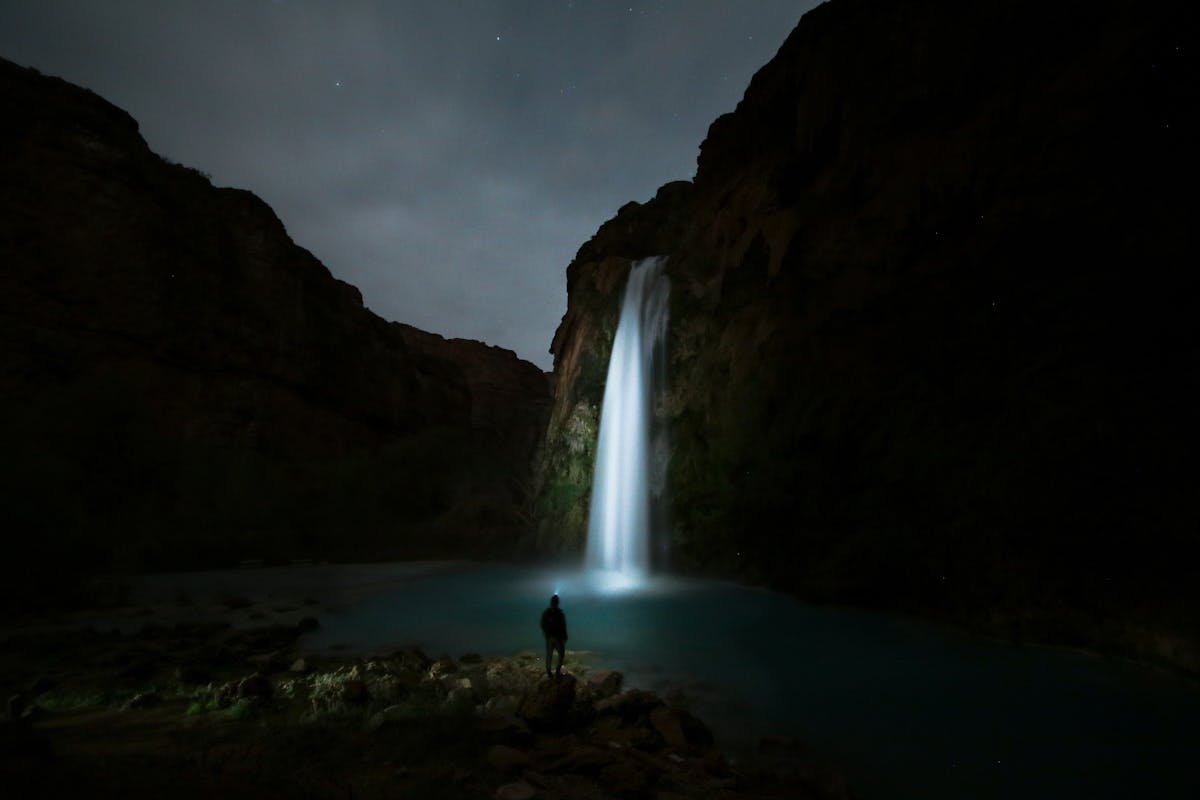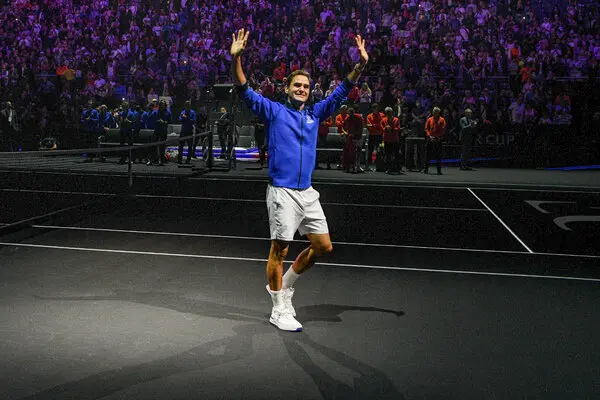
What Silence Looks Like: Capturing Stillness in Motion
Photography has long been considered a medium of movement — a way to freeze split-second action, document events, and preserve the dynamism of life. But within the chaos, there lies a lesser-celebrated but equally powerful element: stillness. The ability to capture a moment of peace, contemplation, or suspension in the middle of motion is one of the most poetic capabilities of the camera. It’s what silence looks like — and when a photographer learns to see and shoot it, the results are profound.
Stillness Isn’t the Absence of Movement
At first glance, the idea of stillness in motion seems contradictory. But it’s not about freezing movement in the literal sense — it’s about recognizing those fleeting pauses within the motion, the quiet in the noise. A dancer mid-leap, a runner just airborne, a flag suspended in the breeze — these are instances when time seems to momentarily hold its breath.
This kind of imagery doesn’t just capture form or action; it captures feeling. The power of these photos lies in their ability to evoke an internal response — calm, awe, reflection — much like silence itself.
Timing Is Everything
To capture these moments, timing is crucial. Photographers must anticipate rather than react. It requires deep attention to the rhythm of a subject, whether it’s the beat of music, the pattern of footsteps, or the flow of wind through fabric. Shooting in burst mode or with a fast shutter speed can help, but the real mastery lies in knowing when to press the shutter — that perfect, silent second where stillness and motion converge.
This instinct is cultivated through practice and observation. The more you shoot, the more familiar you become with the subtle cues that signal a moment worth preserving.
The Emotional Power of the Pause
What makes these captured moments so powerful is their emotional impact. When the world is in constant motion, stillness becomes a visual and psychological anchor. It invites the viewer to pause, breathe, and look closer.
This technique is especially effective in portraiture. A subject caught in mid-thought or just before a smile breaks can feel more intimate and truthful than a posed, smiling image. It’s in these unscripted pauses that personality and authenticity shine.
Movement as a Frame for Stillness
Sometimes, motion itself serves as the backdrop for stillness. A single figure standing still in a crowd, a tree swaying gently while the surrounding landscape blurs, or a performer pausing before their next move — these compositions highlight stillness by contrasting it with ongoing activity.
This technique draws the eye to the subject and emphasizes their serenity or presence. It can be used to convey solitude, focus, or calm in the middle of chaos. These moments resonate with viewers because they reflect our own search for calm amidst the busyness of life.
Light and Shadow: Amplifying Stillness
Light can dramatically influence how stillness is perceived in a photograph. Soft, diffused light often complements tranquil moments, creating an atmosphere of peace. Conversely, sharp contrasts in lighting can bring attention to the subject’s stillness by emphasizing form and contour.
Shadow also plays a critical role. A still figure surrounded by shadow, for example, can evoke introspection or mystery. These lighting choices become emotional cues, reinforcing the story the stillness is trying to tell.
The Technical Side of Capturing Stillness
While emotional intuition is important, technique also matters. To achieve the clarity required for still moments, photographers often rely on fast shutter speeds and low ISO settings to reduce motion blur and grain. In some cases, a higher aperture setting (like f/8 or f/11) ensures a wider depth of field, keeping both subject and environment in crisp detail.
However, rules can be broken. Intentional motion blur around a sharply focused subject can create a dreamy effect, making the stillness stand out even more. These creative choices add artistic depth and make your images feel more deliberate and expressive.
Real-World Applications of Stillness
The concept of capturing stillness in motion isn’t confined to fine art. In event photography, for instance, some of the most memorable shots are not of the main action, but of the small, still moments in between — a parent watching from the sidelines, a bride taking a deep breath before walking down the aisle, a performer collecting themselves before a final bow.
Even in a photo booth rental Houston setup, the emphasis is often on fun, rapid captures — but occasionally, one photo out of the sequence will stand out: a thoughtful glance, a subtle smirk, a quiet moment before the laughter. These are the frames that leave a lasting impression.
Training Your Eye to See Stillness
Recognizing stillness in motion is a mindset as much as it is a skill. It requires slowing down in a fast-paced world and paying attention to in-between moments. Instead of focusing solely on the peak of the action, look for the buildup, the pause, and the aftermath. Sometimes, the silence before the shout tells a richer story than the shout itself.
Spend time shooting in environments with layered motion — public spaces, nature, family gatherings — and challenge yourself to find moments of quiet within them. Review your photos and study which ones make you feel something beyond what was happening. That’s where stillness lives.
Conclusion
Stillness in motion is the hidden heartbeat of photography — a quiet elegance that draws the viewer in and invites them to feel, not just see. By learning to recognize and capture these subtle moments, photographers create images that speak volumes in silence. Whether in a crowded room or an open field, it’s often the quietest frames that echo the loudest, reminding us that in the rush of life, there is profound beauty in the pause.

